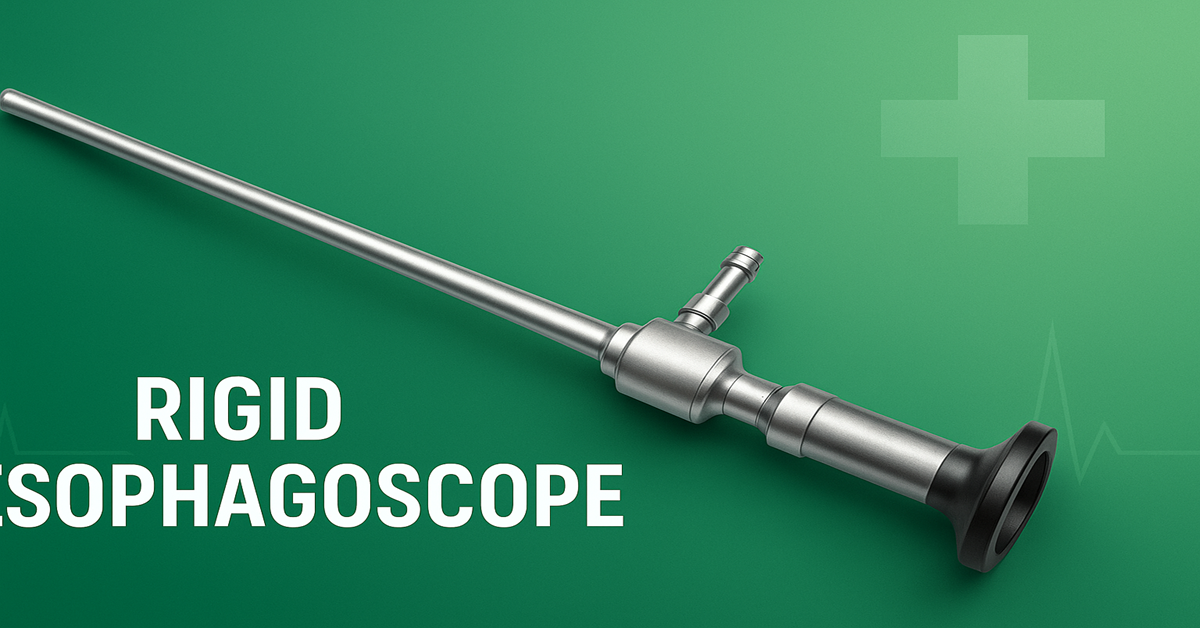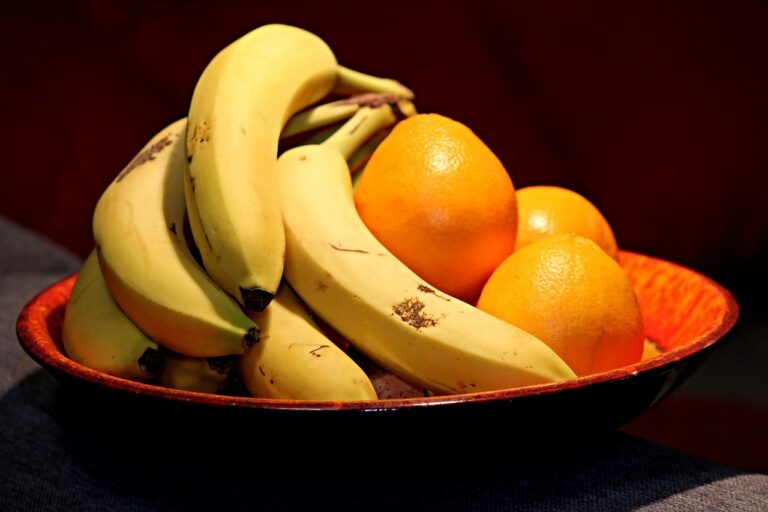Rigid Esophagoscope: Essential Tool for Diagnosis and Treatment of Upper Esophageal Conditions
The Rigid Esophagoscope is a vital medical instrument used for direct visualization, diagnosis, and intervention in the esophagus and upper digestive tract. Designed for precision, it allows doctors and surgeons to inspect the upper esophagus, remove foreign objects, perform biopsies, dilate strictures, and manage lesions safely. Its rigid design provides control and stability, making it indispensable in certain clinical situations where flexible endoscopy may not be optimal.
Overview and Evolution
Rigid esophagoscopy has been a cornerstone of upper gastrointestinal examination for decades. Traditionally, rigid scopes were the primary method for inspecting the esophagus, though the development of flexible fiber-optic endoscopes introduced more patient comfort and reach. Despite the rise of flexible scopes, rigid esophagoscopes remain essential for specific procedures that require strong mechanical control, instrument passage, and direct visualization.
Modern rigid esophagoscopes are designed with advanced optics, integrated lighting, and channels for surgical instruments. These features enhance diagnostic accuracy and therapeutic capability, ensuring effective management of upper esophageal conditions.
Structure and Features
A typical rigid esophagoscope includes the following components:
-
Rigid Tube: Made of surgical-grade metal, the tube ensures stability and safe insertion.
-
Beveled or Rounded Tip: Allows atraumatic passage through the oral cavity and esophageal sphincter.
-
Illumination System: Provides clear visibility of the esophageal mucosa.
-
Optical Lens: Enables direct line of sight examination of tissues.
-
Instrumentation Channel: Permits passage of biopsy forceps, graspers, or suction tools.
-
Length and Diameter Variations: Different sizes accommodate adult and pediatric anatomy.
-
Measurement Markings: Help localize lesions or foreign bodies accurately.
These features make the rigid esophagoscope a precise and versatile tool in both diagnostic and therapeutic procedures.
Indications for Use
Rigid esophagoscopy is particularly useful in the following situations:
-
Foreign Body Removal: Enables safe extraction of objects lodged in the upper esophagus or hypopharynx.
-
Biopsy of Lesions: Allows sampling of suspicious tissue for laboratory analysis.
-
Stricture Evaluation and Dilation: Assesses narrowed areas of the esophagus and allows controlled dilation.
-
Cancer Inspection and Staging: Examines the proximal esophagus for tumors or lesions, particularly when flexible scopes cannot reach.
-
Management of Trauma or Lesions: Useful in cases of upper esophageal injuries or abnormalities requiring precision manipulation.
-
Fallback in Limited Settings: Acts as a reliable alternative where flexible endoscopy is unavailable or insufficient.
Its controlled rigidity and ability to accommodate larger instruments make it particularly effective for high force interventions.
Procedure
Performing rigid esophagoscopy requires careful preparation and general anesthesia due to the rigidity of the instrument.
Patient Preparation
-
Fasting: Ensures the upper digestive tract is clear.
-
Airway Assessment: Evaluates risk factors for anesthesia and safe scope passage.
-
Radiographic Imaging: Guides the procedure if anatomical anomalies are suspected.
Technique
-
Anesthesia and Positioning: Patients are placed supine with neck extension to align the esophagus.
-
Mouth Protection: Mouthguards prevent dental injury during scope insertion.
-
Scope Insertion: The lubricated scope is introduced gently through the oral cavity and upper esophageal sphincter.
-
Inspection: The mucosal lining is examined for abnormalities, lesions, or strictures.
-
Intervention: Instruments can be passed through the channel for biopsy, retrieval, or dilation.
-
Withdrawal: The scope is carefully removed, ensuring complete visualization and minimizing trauma.
The procedure typically lasts between 10 to 20 minutes, depending on the complexity of interventions.
Advantages
-
Stable Working Platform: The rigid structure allows controlled use of surgical instruments.
-
Direct Vision: Provides a clear, straight-line view of the esophageal mucosa.
-
Instrument Accommodation: Offers space for larger tools than flexible scopes.
-
Immediate Therapeutic Ability: Permits foreign body removal, biopsy, or dilation during the same procedure.
-
Utility in Limited Resources: Valuable in clinics or hospitals without flexible endoscopy equipment.
Limitations
-
Limited Reach: Effective only for the cervical and upper thoracic esophagus.
-
Requires General Anesthesia: Increases procedural complexity.
-
Risk of Injury: Potential for perforation, laceration, or dental trauma exists.
-
Declining Use: Fewer practitioners maintain expertise due to the prevalence of flexible endoscopy.
-
Patient Discomfort: Though under anesthesia, post procedure throat soreness may occur.
Despite these limitations, rigid esophagoscopy remains crucial in situations requiring mechanical control and precise intervention.
Safety Considerations
Proper training and technique are essential to minimize complications. Potential risks include minor mucosal lacerations, bleeding, perforation, and rare airway complications. Post procedure care involves monitoring for pain, bleeding, or difficulty swallowing. Patients are generally observed until anesthesia effects subside and can resume normal activities shortly afterward.
Technological Advancements
Modern rigid esophagoscopes feature high-definition optics, improved lighting, and digital imaging capabilities. These innovations enhance visualization, allow recording for documentation, and support educational purposes. Instrument channels are optimized for smooth passage of tools, improving safety and efficacy. Some newer models also feature enhanced ergonomics for surgeons, making the procedure more efficient.
Comparison with Flexible Endoscopy
Flexible endoscopes have advantages such as patient comfort, deeper reach, and use under sedation rather than general anesthesia. However, rigid esophagoscopes offer:
-
Greater control for extracting firm foreign bodies.
-
Ability to manipulate instruments with precision.
-
Stability in confined anatomical regions.
In clinical practice, rigid and flexible esophagoscopy complement each other, with rigid instruments reserved for specific interventions in the proximal esophagus.
Clinical Outcomes and Effectiveness
Rigid esophagoscopy is highly effective for foreign body removal and proximal esophageal interventions. Success rates are high when performed by experienced clinicians, though complication risks such as perforation exist and require careful technique. Its precision and mechanical strength make it indispensable in emergency or complex cases where flexible scopes might fail.
Conclusion
The Rigid Esophagoscope remains a key instrument in modern medicine for the diagnosis and treatment of upper esophageal conditions. Its rigid structure, clear visualization, and ability to accommodate surgical instruments make it particularly useful for foreign body removal, biopsy, stricture management, and lesion evaluation.
While flexible endoscopes have largely taken over routine esophageal examinations, rigid esophagoscopy continues to hold a vital role in situations requiring strong instrument control, precise intervention, and direct visualization. Its continued evolution and integration of advanced optics ensure that it remains an essential tool for surgeons and otolaryngologists, delivering both safety and efficacy in patient care.







